Many Americans hope to travel in the coming months, but since the risk of coronavirus infection is still high, will opt to replace traditional vacation hotspots with more remote domestic escapes. Below, Kulkea takes a look at 10 lesser-visited public parks, little-known beaches and lightly-trodden adventure hubs that have social isolation built into their DNA.
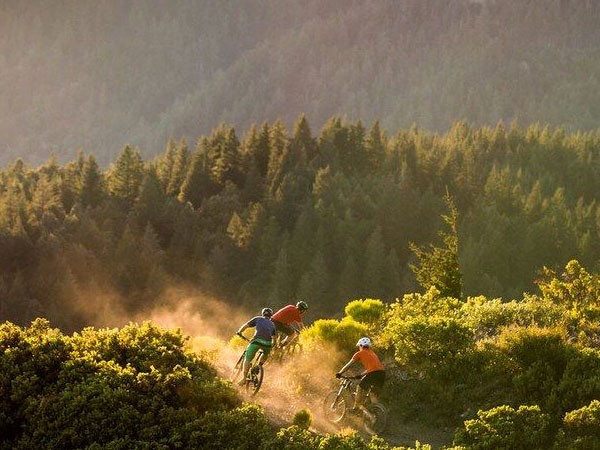
Credit: Bureau of Land Management
Lost Coast, California
There's no other stretch of the California seaboard as wild and remote as the mountainous Lost Coast, which was deemed too rugged for the state's otherwise uninterrupted coastal highway. Most visitors come to backpack the 25-mile Lost Coast Trail, but the area is also home to the 23-mile Paradise Royale Mountain Bike Trail System and a killer terrain park with playful table tops, tricky gap jumps, steep wall rides and a challenging pump track. Head just 25 miles inland from the coast and you'll find the Avenue of the Giants, a stunning route that snakes past the tallest trees on earth.
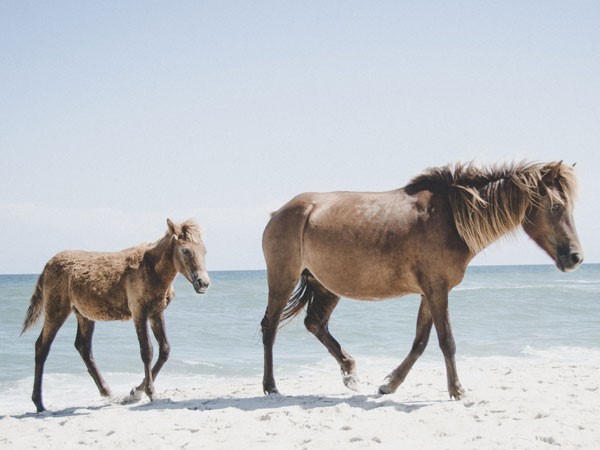
Assateague Island, Maryland
Urbanites along the densely-populated corridor between Washington and New York flock each summer to predictable beach destinations such as Ocean City, Rehoboth or the rowdy Jersey Shore. Few realize there is a pristine stretch of sand nearby that offers complete respite from the Mid-Atlantic crowds. Assateague Island is a national seashore where you can hike sandy trails, camp on the beach, surf in the Atlantic, kayak through a salt marsh, shellfish for dinner or bike in search of the resident wild horses. Spend a few days here and the big cities will feel lightyears away.
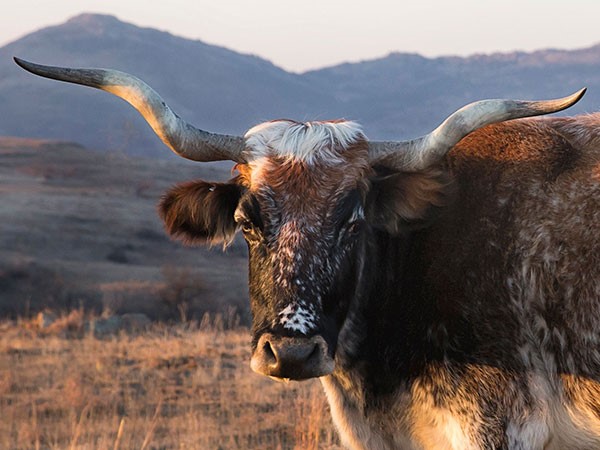
Credit: Creative Commons, Larry Smith
Wichita Mountains Wildlife Refuge, Oklahoma
Mountains in Oklahoma? That's right: Rising out of the prairie near the span resort town of Medicine Park lies the Wichita Range and this sorely under-visited wildlife refuge, which is home to free-ranging buffalo, elk, deer, prairie dogs and Texas longhorns. Renowned for wildlife-watching, the refuge is also a regional outdoor sports Mecca whose ancient granite peaks lure rock climbers, hikers and mountain bikers alike. You can also fish, camp in the backcountry and learn about local Native American culture at the excellent visitor center.
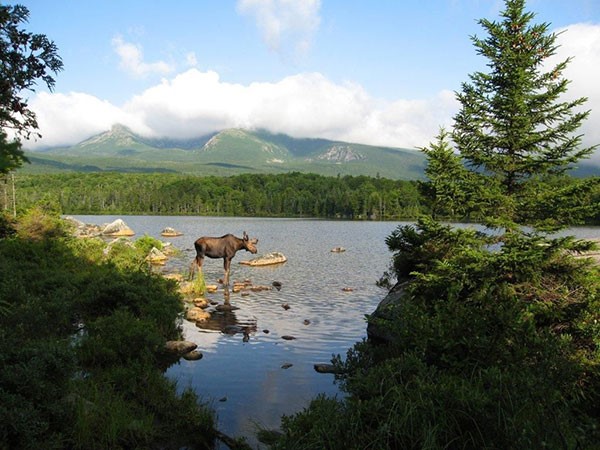
Credit: Creative Commons, DOI
Baxter State Park, Maine
Baxter State Park receives less than 1% of the visitors who flock to Maine's more famous Acadia National Park, making it the perfect patch of rural New England for complete and utter social isolation. The densely-forested reserve offers 210,000 acres of pure wilderness, 337 remote campsites and 215 miles of rugged trails, many of which lead to the top of the 5267ft Mount Katahdin (the northern terminus of the Appalachian Trail). You can also canoe across its myriad lakes, dip your toes in its raging waterfalls or try your hand at technical rock climbing under the watchful eye of its resident moose.
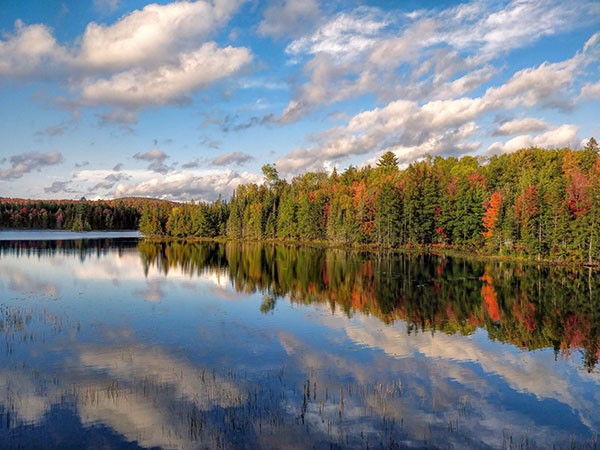
Credit: Creative Commons, Sage Solar
Indian Lake, New York
About four hours away from both Boston and Manhattan, this sinewy lake in the Adirondack Mountains offers serene canoe-in campsites on tiny islets that are the epitome of isolation. Swim in the azure waters by day, then barbecue in the afternoon and tell ghost stories around the fire pit by night. More adventurous campers can hike up surrounding peaks like Baldface, Snowy and Chimney Mountains for sweeping views of the surrounding forest. Be sure to reserve well ahead as the secret's out on this much-loved escape.
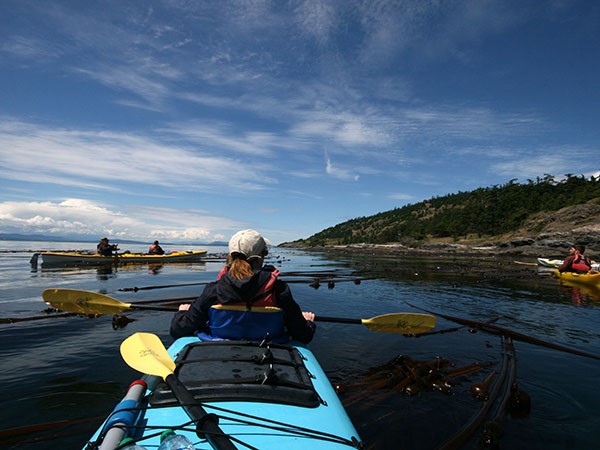
Credit: Creative Commons, John Trainor
San Juan Islands, Washington
When Seattleites seek an epic weekend adventure, they travel up the Puget Sound to this amoeba-like archipelago of some 172 serene islands. The four main ones with ferry access are San Juan, Orcas, Lopez and Shaw, each of which has a span array of lodges, restaurants and tour operators. Visitors come here not only to isolate in nature, but also to hike, bike, clam, fish, kayak and search for the resident orcas, as well as migratory minke, gray and humpback whales.
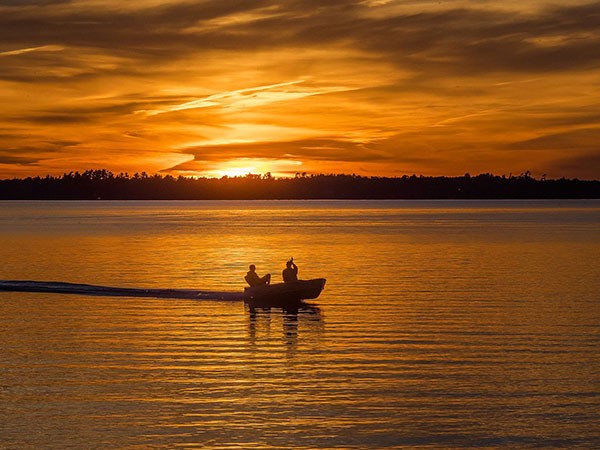
Credit: Creative Commons, jck_photos
Voyageurs National Park, Minnesota
It's best to think of Voyageurs as a maze of interconnected waterways – a park with no roads that's only accessible by foot or boat. Situated at the southern tip of the Northern Boreal Forest, it's one of America's least-visited national parks, which is a shame since it offers incredible opportunities for multi-day motorboat trips out to remote trails where you can hike to backcountry campgrounds (many of which lie on spanner lakes and are accessed via waiting canoes). If you can handle all the logistical challenges involved, your reward is a level of solitude unique in the lower 48.
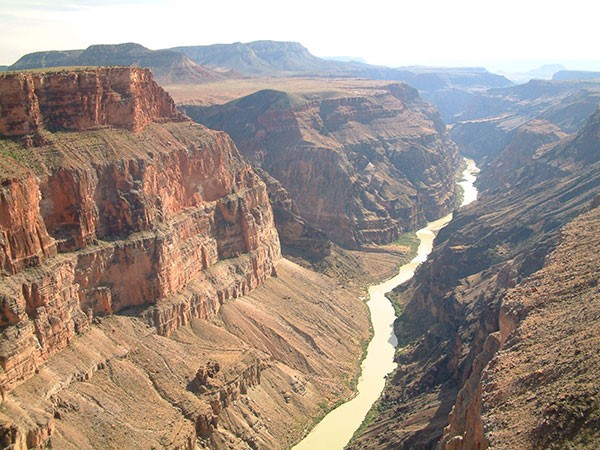
Credit: Bureau of Land Management
Grand Canyon-Parashant National Monument, Arizona
Grand Canyon National Park receives nearly 6 million annual visitors. Next door, the Grand Canyon-Parashant National Monument welcomes about 18,000, even though it boasts remarkably similar scenery. This vast imbalance is thanks in no span part to its total lack of paved roads and visitor services. But for intrepid travelers with backcountry experience, this huge swath of land on the northern edge of the Grand Canyon – which is larger than the state of Rhode Island – offers an unadulterated escape filled with scenic 4x4 drives, hikes to ancient petroglyphs and wild camping under a dazzling dome of flickering stars.
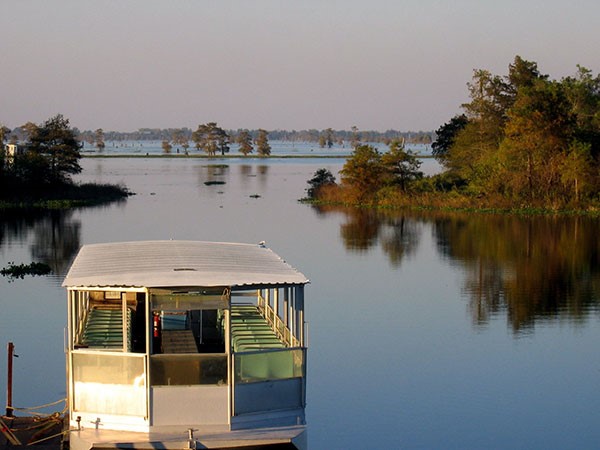
Credit: Creative Commons, Matthew Levine
Atchafalaya Basin, Louisiana
This swampy patch of south-central Louisiana is the largest wetland in the United States and the stuff of Cajun legends. Toothy alligators and fluttering waterfowl patrol the endless flat-water of swamps, lakes and bayous while cypress and tupelo trees rise out of the thick muck in search of a distant sky. Despite its proximity to New Orleans, most visitors have the place largely to themselves as they navigate murky waterways by airboat, houseboat or kayak.
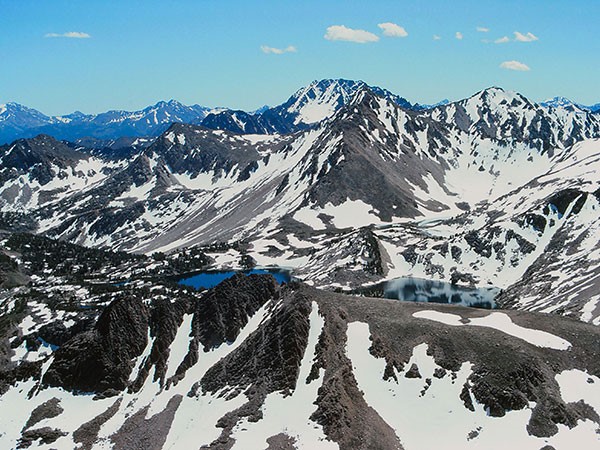
Credit: Wikimedia Commons
Sawtooth National Recreation Area, Idaho
While hordes of tourists flock to Yellowstone, Grand Teton and Glacier National Parks, Sawtooth remains a little-trodden alternative for iconic Rocky Mountain vistas. Enjoy multi-day backpacking trips? You can link together more than 700 miles of trails. Like fishing and swimming in alpine lakes? You've got 300 of them to choose from. How about high peaks? Take your pick of the 40 summits over 10,000ft. Toss canoeing, mountain biking and whitewater rafting in the mix and you can see why Sawtooth is the best kept secret in the Rockies.

